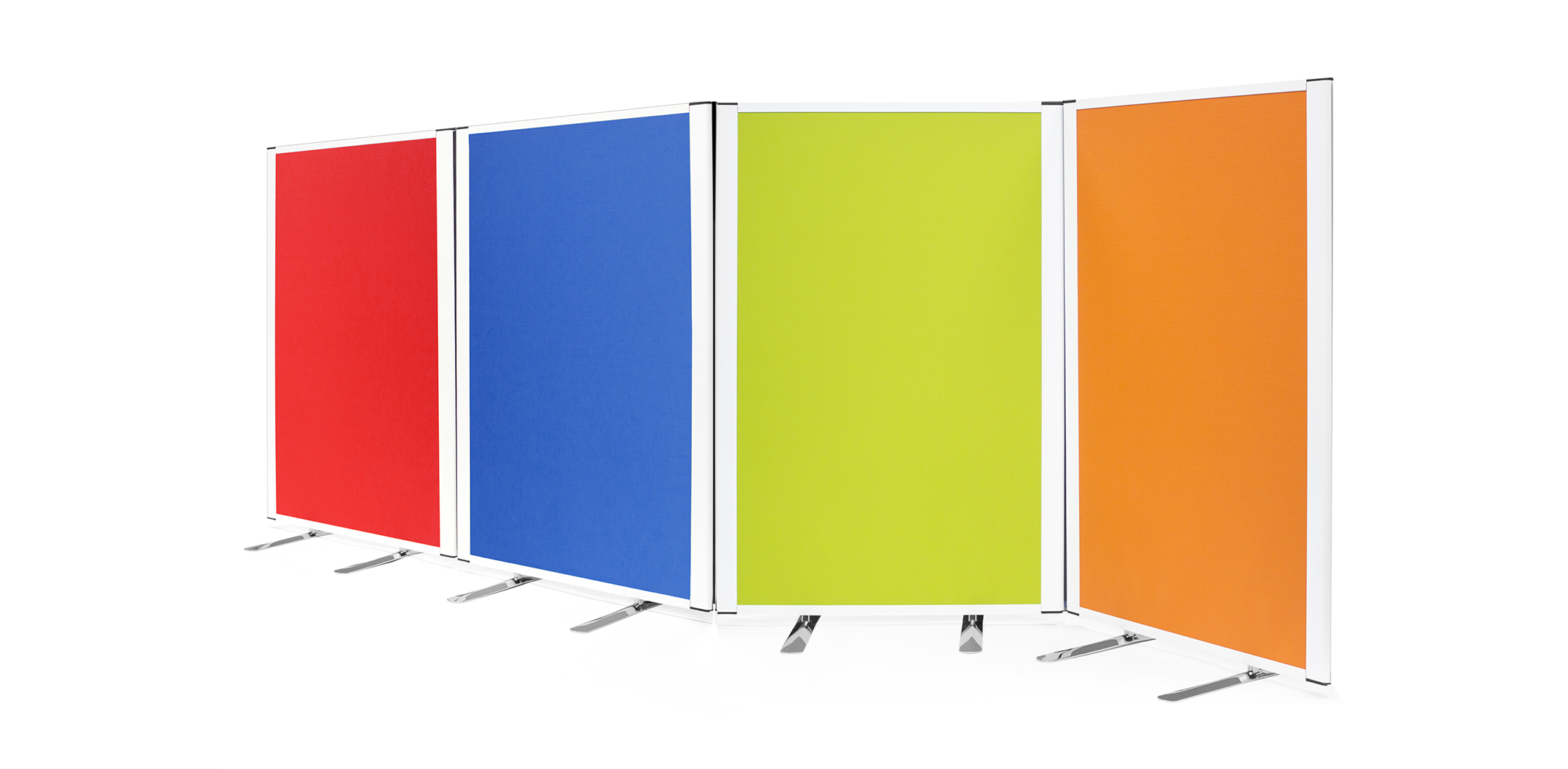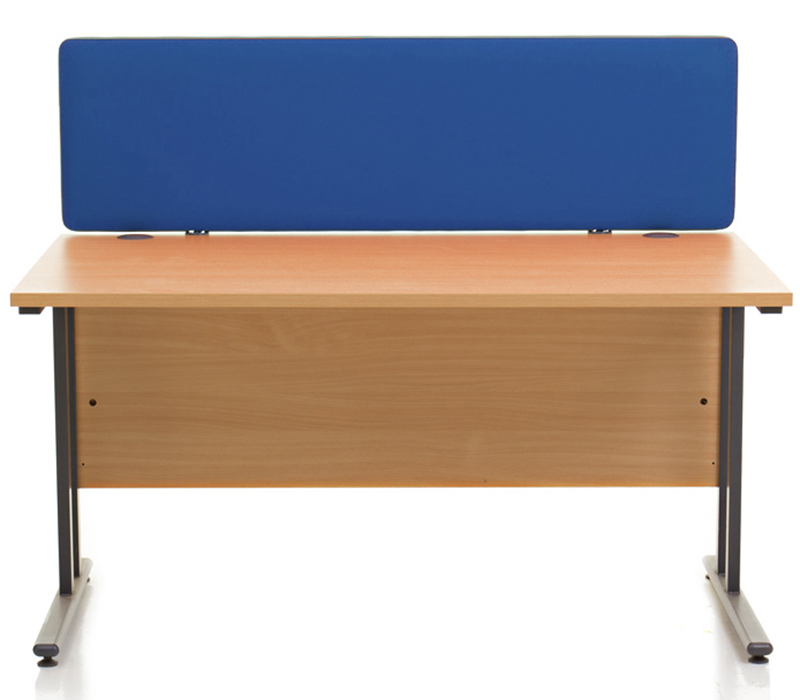Harnessing Office Design to Boost Productivity in the New Year
The office. The environment that millions of Britons (and many more worldwide) get to endure and enjoy for at least eight hours a day, five days of the week. The office, witness to drama, despair and elation and the setting which a few of us love but the clear majority of us outright hate. The office design which featured in the satirical television series of the same name is a stereotypical yet in most cases, genuine representation of how our own four-walled offices appear. Whitewashed walls, cubicle-styled desks and tapping, endless and monotonous tapping on keyboards. Work can become stressful and frustrating, but this ebbs and flows. But the office seemingly never changes, the same frustrations emerge and grow every day, slowly chipping away at the productivity, creativity and probably sanity of everyone who works within one.
Fortunately, modern start-ups and design companies in particular are taking the lead in creating offices which are tailored to actually help and encourage people to work. These designs take inspiration from when we design our own homes; everything from the colour of the walls right down to the fine details are selected by us and carefully tuned to make the space as comfortable as possible. Traditionally, the idea was that we should be setting up our desks with little treats from home to help ‘re-create’ that feeling, but ultimately it just made us hate the office more as we realise what we are missing out on. But modern office design is evolving that theory. Modern offices are increasingly adapting to the needs of their employees, setting up spaces and surroundings which create comfort and eliminate distractions which help people to focus.
The Cubicle is Dead, Long Live the Cubicle
Simply searching for office design will reveal some pretty crazy designs, but there is logic behind the madness. Admittedly, many smaller businesses cannot accommodate the lucrative costs of some of the professional designers used, but the practical elements behind some of the design decisions can be employed in any environment. One of the most striking features of modern office design is that the cubicle design is gone (sort of). Desks are no longer tightly knit together is small clusters on this basis of collaboration. Instead, we are now being taught to make the most of the space which we have available. With the advent of computers, there is no need for filling rooms and hulking filing cabinets anymore, so additional space is opening to allow people to spread out and create the areas they need.
The actual size of your office will play a part in this and while adapting is often the case, a small and compact office size could become a permanent hindrance on productivity. Reason being that small areas amplify small niggles. Noisy colleagues can be easily blocked out if you are sat 15 yards away. However, if they are a foot away, their pet peeves can be inescapable, further escalating stress levels and reducing your effectiveness. Furthermore, small offices suffer from acoustic issues, especially when multiple people are cramped inside. The rattle of keyboards in use, telephone calls escalating in volume as everyone tries to talk over each other and general chit chat are all emphasised, leading to distractions and the loss of valuable minutes and hours in the day.
Clever Use of Colour and the Hidden Benefits
The layout of the office makes the most significant visual impact on anyone who walks into the space. However, when you are sat in such an environment for multiple hours every day, you start to pick up on all of the fine details at hand. In traditional designs, you begin to pick up on how dull and dreary the colour scheme is as well quickly discovering how rigid and depressing the whole environment can be. The aim of the modern office design should be to change this perception. Colours when used in moderation can boost an office both visually but also psychologically for the employees. Bright colours promote happiness and calmness, while intense shades such as reds are designed to motivate and get people fired up about what they are doing.
One of the tactics employed at Google is the idea that the office should constantly change. Every week, seating areas would be re-arranged, promoting the concept that the nature of the work they do is constantly changing and therefore their staff should be constantly prepared for this. Now, admittedly this is probably unattainable with a static office space, but the idea that things need to be constantly changing is something that we can all learn from. The best way of doing this, is through nature. Flowers, plants and more tap into the pastoral part of our mind, they develop and grow alongside the employees which mirrors the development which you will be hoping for within your business.
Office Design Should Be Tailored to Your Company as Well As The People Within It
Finding a practical solution for your office can actually be very simple. On a one-to-one basis, find out from your employees what makes them tick, how they like to work and what really gets on their nerves about the office design. If your design team is struggling to concentrate with noisy neighbours, then it is time to consider giving them the privacy as well as the resources to be as creative as possible. Drab, noisy and distracting environments stifle productivity, decrease the wellbeing of your employees and ultimately harm your business.
Gauge what colours they would like to see, the kind of layout they wish to work in and the finer details which they believe can improve their working environment. An office design should be dynamic and in turn, provide space for your business to grow, but it is important to remember that over stuffing the space can and will cause considerable issues in the future.
Rap Industries have been designing and manufacturing office furniture for over 40 years. We take great pride in applying the feedback of our clients in all of our new furniture designs. With office screens, room dividers and acoustic pods available, we have a wide range on offer to enhance your office. For more information, please call 01733 394941 or send an e-mail to sales@rapind.com.

